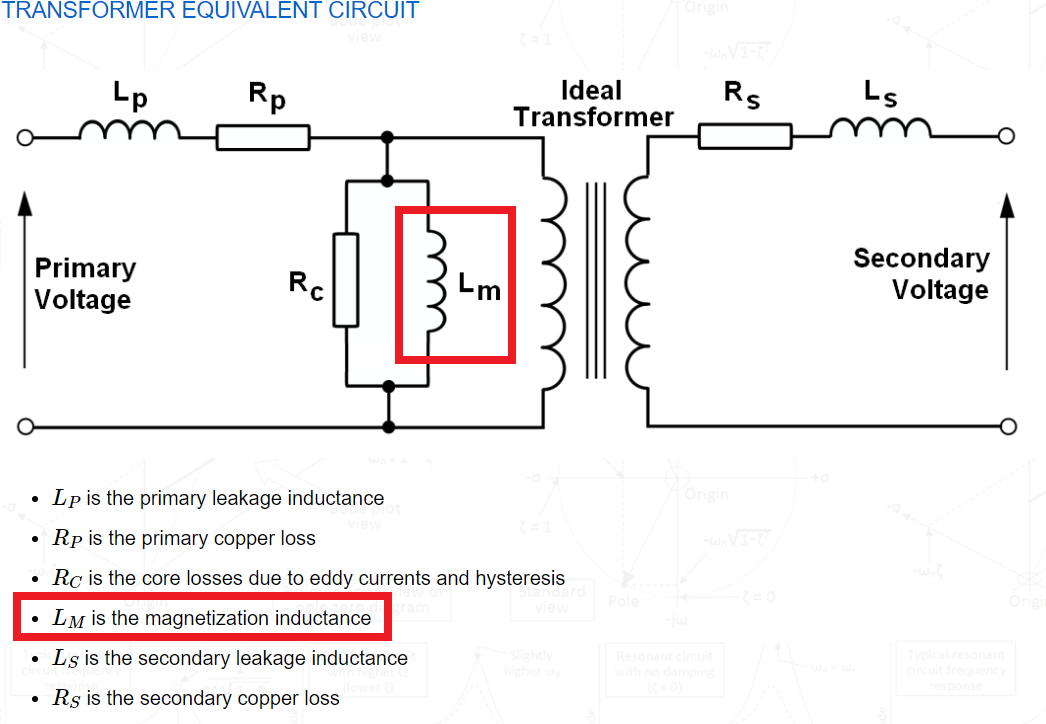The core flux is a feedback_system.
The core subtracts flux generated by Secondary currents from flux generated by Primary currents.
When there is no Secondary current, there is no Secondary flux, and all the core flux is flux generated by the Primary current.
Why is this important?
The transformer is modeled with some impedance Zp = (Rp + Lp) in series with the Ideal Transformer. The series impedance is one half of a Voltage Divider, with the other half being the Core Voltage.
If the Core Voltage drops a small amount, the voltage across the Zp increases and the current from the external voltage source will increase, to increase the Primary flux and increase the Primary voltage.
Summary: the transformer is modeled as a feedback_system, which attempts to sustain a constant voltage across the Primary.
When Secondary loads are connected and Secondary currents are drawn, the Primary voltage is forced (by the feedback) to drop, and more current is supplied by the external energy source. The additional energy is being delivered to the Secondary load.
=====================
Remember this is a model.
There are some copper wires, wound around an iron/steel core.
We use all those components in the model, to accurately explain how the Primary and Secondary will interact, and be able to transfer energy.
Imagine the excitement of Charles Steinmetz or George Westinghouse, as they came to understand transformer operation in the 1850s.

